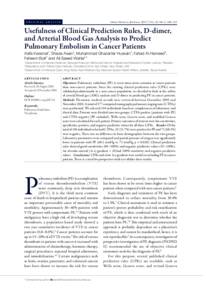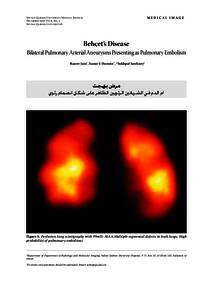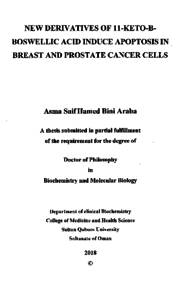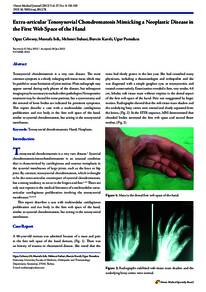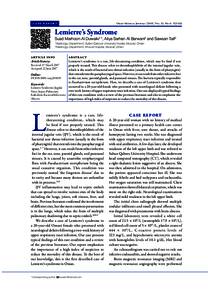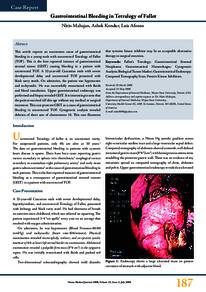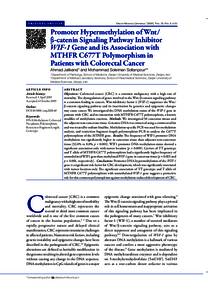Document
Usefulness of clinical prediction rules, D-dimer, and arterial blood gas analysis to predict pulmonary embolism in cancer patients.
Identifier
DOI 10.5001/omj.2017.26
Contributors
Awan, Shazia., Author
Hussain, Muhammad Ghazanfar., Author
Al-Hameed, Fahad., Author
Butt, Faheem., Author
Wahla, Ali Saeed., Author
Publisher
Oman Medical Specialty Board.
Gregorian
2017-03
Language
English
Subject
English abstract
Objectives: Pulmonary embolism (PE) is seven times more common in cancer patients than non-cancer patients. Since the existing clinical prediction rules (CPRs) were validated predominantly in a non-cancer population, we decided to look at the utility of arterial blood gas (ABG) analysis and D-dimer in predicting PE in cancer patients. Methods: Electronic medical records were reviewed between December 2005 and November 2010. A total of 177 computed tomography pulmonary angiograms (CTPAs) were performed. We selected 104 individuals based on completeness of laboratory and clinical data. Patients were divided into two groups, CTPA positive (patients with PE) and CTPA negative (PE excluded). Wells score, Geneva score, and modified Geneva score were calculated for each patient. Primary outcomes of interest were the sensitivities, specificities, positive, and negative predictive values for all three CPRs. Results: Of the total of 104 individuals who had CTPAs, 33 (31.7%) were positive for PE and 71 (68.3%) were negative. There was no difference in basic demographics between the two groups. Laboratory parameters were compared and partial pressure of oxygen was significantly lower in patients with PE (68.1 mmHg vs. 71 mmHg, p = 0.030). Clinical prediction rules showed good sensitivities (88−100%) and negative predictive values (93−100%). An alveolar-arterial (A-a) gradient > 20 had 100% sensitivity and negative predictive values. Conclusions: CPRs and a low A-a gradient were useful in excluding PE in cancer patients. There is a need for prospective trials to validate these results.
Member of
Resource URL
Category
Journal articles

